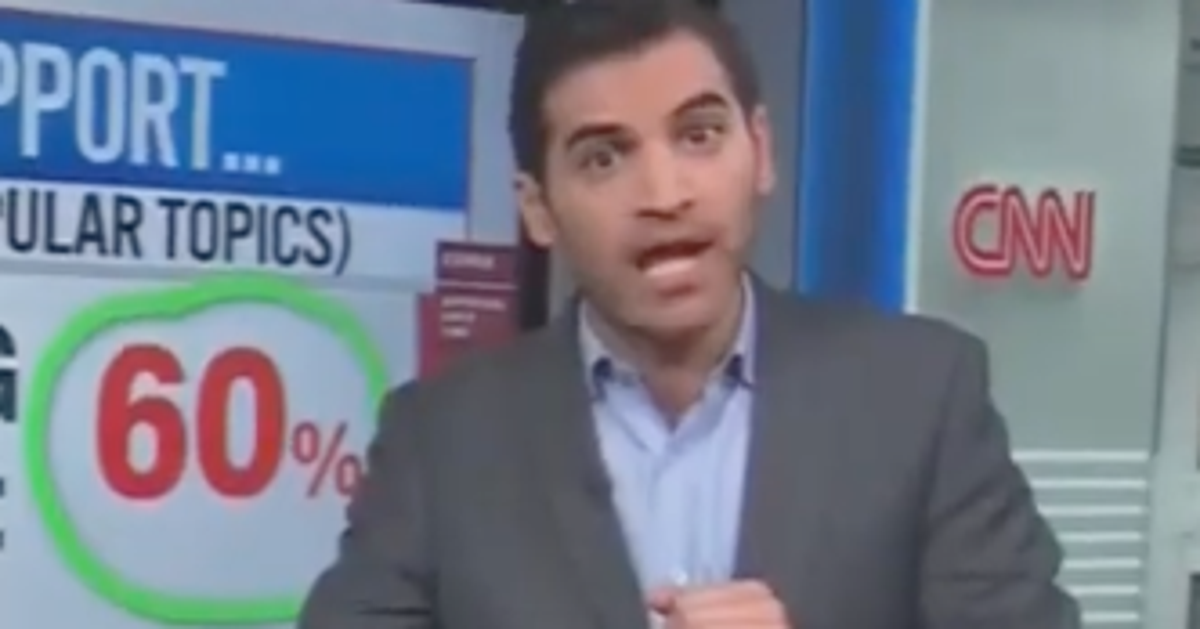By Alejandra Rojas,Contributor
Copyright forbes

Micro-retirement has gained traction recently as a Gen-Z approach to life and money. However, it is a practice that some women are engaging in more intentionally as they reevaluate their relationship with work and seek better ways to balance priorities.
How Women Are Using Micro-Retirement To Rethink Work And Wealth
According to Gallagher, financial well-being now ranks second only to emotional well-being in employer priorities, amid rising economic challenges such as inflation, healthcare costs, and student debt. In a previous article, I have explored what needs to happen amidst the Great Wealth Transfer, bringing in a promising future for women and money. However, while we wait to see what 2030 brings, the current balancing act between mental health, financial stability, and long-term security is pressing for many women, and micro-retirement could be a great solution to it.
So what is really behind the trend? Can micro-retirement help women regain control over their time, well-being, and finances? Or does it carry risks that could set them further back? Let us break down what it is, how it works, and what three women learned from taking the leap.
What Is Micro-Retirement?
Micro-retirement is a self-initiated, months-long (or even multi-year) career break taken mid-journey, rather than at the end of it. It differs from traditional retirement—which is usually permanent at the conclusion of one’s working life, typically around the 60s—and from a formal sabbatical—which is often employer-sanctioned and accompanied by a guaranteed return. Micro-retirement is typically self-funded, flexible, and increasingly discussed as a tool for protecting mental and emotional well-being. The concept has gained traction, particularly among Gen-Z, who are reframing what it means to work, rest, and earn on their own terms. According to a survey by Side Hustles, 10% of U.S. workers are considering a micro-retirement, and 75% believe employers should offer policies to support it, such as unpaid sabbaticals or extended leave.
On social media, the term is often associated with conversations about burnout, a slow life, work-life balance, and opting out of hustle culture. For many, it is less about “leaving work behind forever” and more about inserting intentional breathing room into a non-linear career path. However, it is called micro, not because the finances are small, but because the timeframe is usually a temporary pause from the workforce to reset, travel, care for loved ones, pursue creative projects, or simply step away from burnout. Nevertheless, it also presents challenges, including lost income, career interruptions, and long-term impacts on retirement savings. That is why understanding others’ experiences is key when considering micro-retirement.
MORE FOR YOU
How Are Women Making Micro-Retirement Work?
1. Planning Ahead, Taking Financial Literacy As A Foundation
Giovanna González, author of Cultura and Cash and founder of The First Gen Mentor, discovered the FIRE (Financial Independence, Retire Early) movement in 2019 and went all-in, at one point contributing up to 35% of her income toward retirement. “It was motivating to know I could retire early, and I started changing my lifestyle to make it happen,” she said.
The FIRE movement has gained popularity among people who want to move away from the traditional retirement age and enjoy the benefits of it earlier. The strategy is adopting a lifestyle where living below their means helps them invest and build wealth to reach their financial goals, typically 10 or 20 years prior to their traditional retirement date.
However, for González, the traditional FIRE trajectory shifted when she transitioned to entrepreneurship in 2021. The peace of mind that came with having her financial safety net covered, in addition to her FIRE path, allowed her to take what she calls a six-month sabbatical and build her business. “I didn’t even realize I was starting a business,” she told me. “I just wanted to take time off and see what I could build.”
Now living in Spain, González has adopted a version of the BARISTA FIRE model (a strategy where early, aggressive investing covers long-term goals, allowing her to work part-time or in low-pressure roles to meet her current expenses). “I’ve done the compound interest math. I don’t need $3 million at 65,” she said. “I just need enough to live comfortably now, and I’ve already built that foundation.”
From her experience running her own business, González sees micro-retirement as a recalibration, not a retreat. “FIRE gave me the wiggle room to pivot, to live abroad, to start something new, and to work from joy instead of necessity,” she adds.
2. Embracing The Pause For Career Clarity
Monica Eaton, founder of Money with Monty, took a year-long micro-retirement from June 2024 to July 2025. At the time, she was 34 and had just completed a decade-long career in corporate banking. “I was underwhelmed, not just burned out,” she said. “It wasn’t that I was doing too much; it was that I wasn’t doing anything that fulfilled me.”
Eaton, also inspired by the FIRE movement, had been quietly investing in a taxable brokerage account since 2018. Though originally intended for full retirement, that fund became the foundation for her micro-retirement when she realized she needed to reset. “I made peace with the idea that my long-term financial goals might shift,” she said. “But my mental health couldn’t wait.”
During her break, Eaton traveled, pursued writing, and briefly took on a part-time economics professorship to maintain a sense of structure. What was supposed to be a six-month pause turned into a full year. Now, she envisions a career shaped by a series of planned micro-retirements, occurring every 7–10 years, rather than a single early retirement. “This changed everything,” she said. “Not just how I think about money, but how I think about time.”
Her break gave her room to pivot. Instead of returning to a traditional role, she stepped into fractional leadership, consulting with early-stage startups. But Eaton cautions that the emotional toll of stepping away is real. “Savings matter, but so does your support system,” she said. “You have to unlearn the idea that constant productivity equals value.”
3. Turning An Unexpected Break Into A Strategic Reset
Kathleen, a public relations specialist who has asked me not to use her full name, left her job in September 2024 at the age of 52 after realizing she was no longer happy in her role. “I always believed you shouldn’t leave a job without another lined up,” she said. “But I had saved enough and didn’t have a mortgage, so I finally gave myself permission to pause.
Her six-month micro-retirement was driven by both a desire for mental health recovery and a deliberate financial strategy. “One of my main goals was to convert my traditional IRA to a Roth IRA while my income was lower,” she said. “It made sense to do it in a year when I wouldn’t be taxed as heavily.”
Kathleen used her time for herself, reflection, and reassessing her long-term financial goals. She briefly held a part-time hybrid job before landing a full-time role in July 2025. Though she hadn’t heard the term micro-retirement until after the fact, she now embraces it. “It helped me reposition for what’s next and for the first time in a while, I feel aligned again.”
Key Considerations Before Micro-Retirement
Micro-retirement is as much a financial move as it is a mental health reset. For many women, the desire to pause is not just about leaving a job—it is about reclaiming agency, restoring energy, and reevaluating life beyond work. To make it work, women may benefit from following the steps below:
Run the Numbers: Know exactly what your life costs. Beyond your monthly bills, count your health insurance, caregiving support, and emergency expenses. Use this data to build a realistic runway so that your time off does not become financially destabilizing. Give yourself a number and a time frame, and then double-check both to ensure accuracy.
Define the Purpose: Are you stepping away to rest, recover or redirect? Naming your “why” will help you create goals for your time off, even if the goal is just to decompress. It also helps avoid the spiral of guilt or aimlessness that can come from undefined pauses.
Reframe Productivity: Our culture often treats rest as something earned, not essential. Micro-retirement invites you to think differently. Time spent sleeping in, recharging, or exploring hobbies is not a waste; it is often the groundwork for more sustainable and aligned work later.
Build Emotional Infrastructure: Taking a break can stir up unexpected emotions, doubt, and even a sense of identity loss. Having a support system is just as important as having a savings plan. Talk to people who have done it, stay socially connected, and remind yourself: Your worth is not tied to a paycheck.
Design the Exit and Entry Strategies: Do not just plan your break, plan the bookends. How you exit matters: Leave on good terms, document your wins, and maintain connections. And before reentry, sketch out what kind of roles, industries, or balance you want next so your transition feels guided rather than reactive.
As women reassess their relationship with work, money, and time, micro-retirement offers an opportunity to pause with purpose while taking care of their financial future. Whether used to reprioritize, pivot, or simply take a breath, it provides a framework to manage both immediate needs and future goals, but it must be approached as part of a highly intentional financial journey. Understanding the numbers behind what it takes to step away, defining a clear purpose, and having a plan for how that time will be used and when to return to work are all crucial elements for making micro-retirement a sustainable and informed choice.
Alejandra Rojas is the founder of Brown Way To Money, a financial education platform, and the host of the Brown Way To Money podcast. Alejandra blends financial strategy with a trauma-informed approach to guide business owners toward financial stability.
The information in this article are not intended to replace professional financial, tax, or accounting advice.
Editorial StandardsReprints & Permissions



